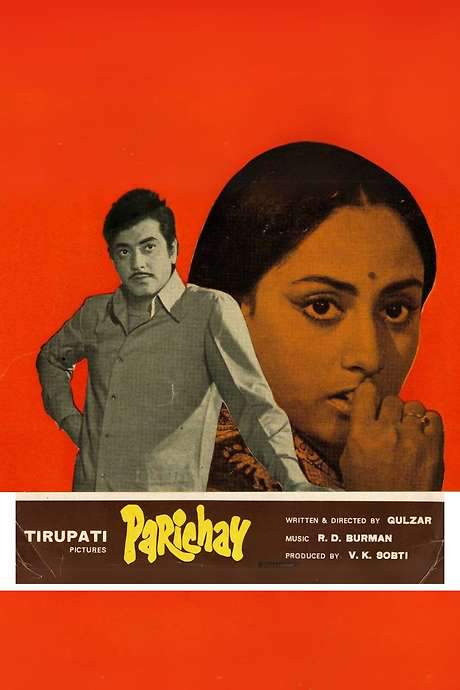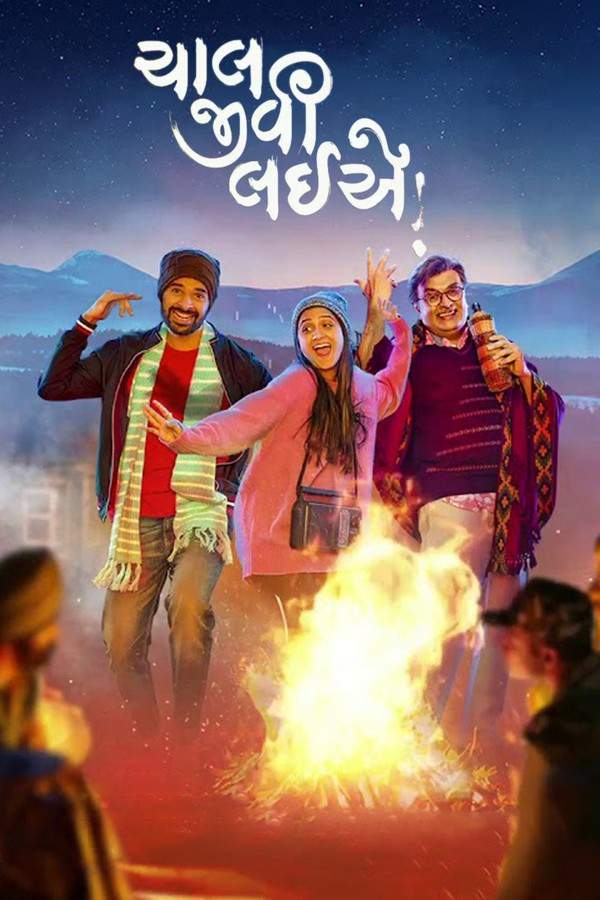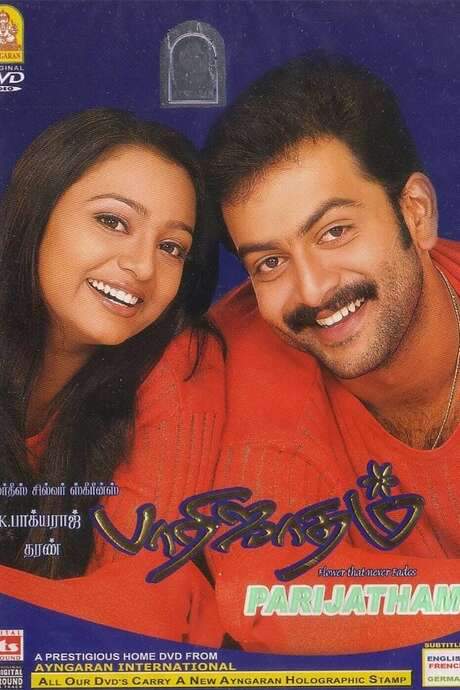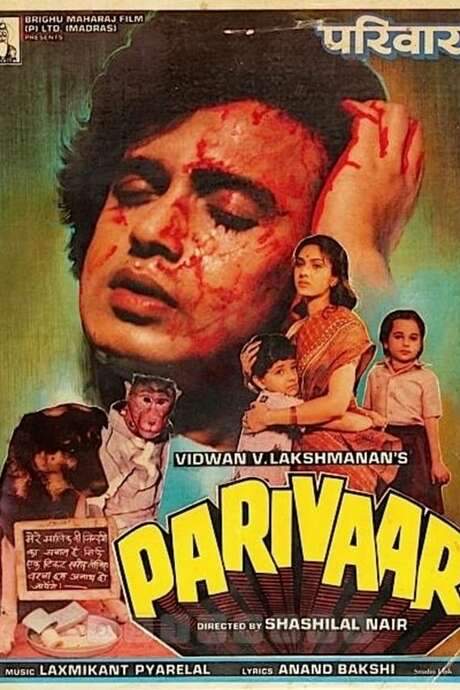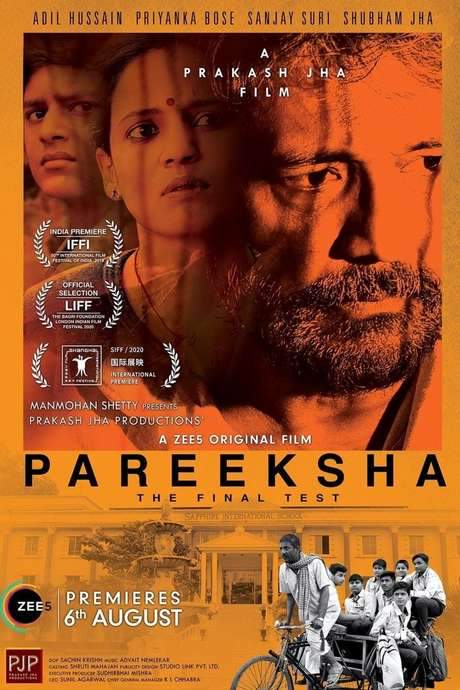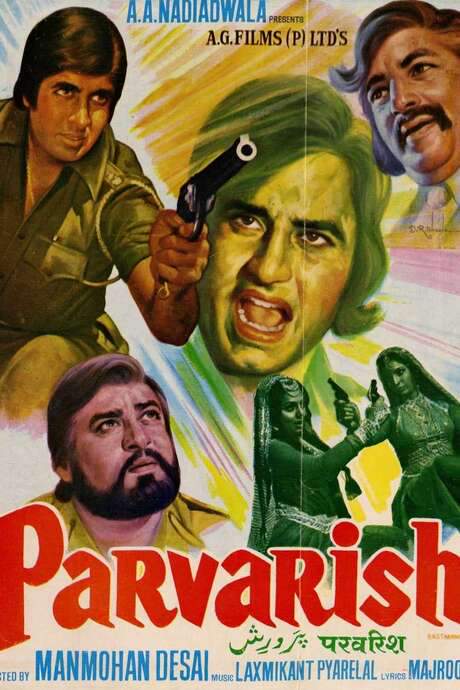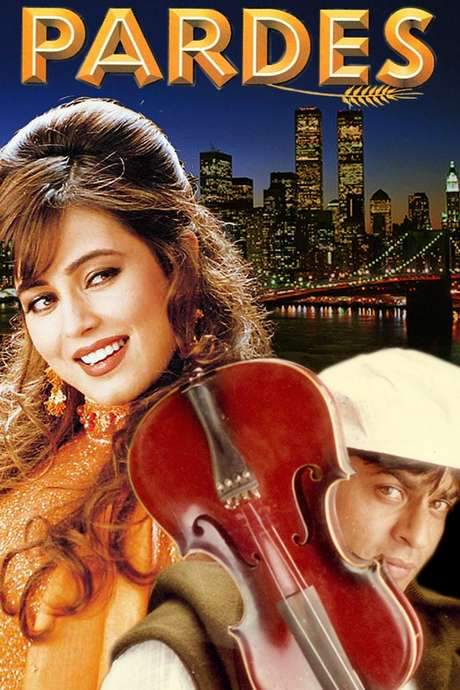Warning: spoilers below!
Haven’t seen Parichay yet? This summary contains major spoilers. Bookmark the page, watch the movie, and come back for the full breakdown. If you're ready, scroll on and relive the story!
Parichay (1972) – Full Plot Summary & Ending Explained
Read the complete plot breakdown of Parichay (1972), including all key story events, major twists, and the ending explained in detail. Discover what really happened—and what it all means.
Rai Sahab, Col. A. P. Roy, is a retired officer who lives in a sprawling family mansion with his five grandchildren. The children are distant and wary of him, convinced that he is somehow responsible for their father, Nilesh Roy’s death. Rai Sahab is a strict, disciplined man who has grown cold and stern after the loss, and his hard rules leave little room for warmth or laughter in the house. The once-close family bonds have frayed, and the grandchildren keep their distance, resisting every attempt at guidance or authority.
The tension intensifies after Nilesh’s death. When Nilesh left home to pursue music against Rai Sahab’s wishes, it set off a chain of events that hardened Rai Sahab’s heart. He brings the children to live with him after their father’s death, hoping to impose order and responsibility. Yet the grandchildren refuse to obey, challenging every rule and defying every attempt at discipline. The house becomes a battleground of pranks, retorts, and grudges, and Rai Sahab struggles to find a lasting tutor who can transform these “savage” youngsters into well-behaved youths.
Enter Ravi, a job-seeking caretaker who answers a letter from Rai Sahab about a tutoring position. He does not warm to Rai Sahab’s cold demeanor at first, but he accepts the role more out of necessity than conviction. Rai Sahab is frank about his expectation: he believes Ravi can bring his grandchildren to heel. Ravi agrees to try, even though he knows the road ahead will be challenging.
From the start, the children test Ravi’s limits. They tease, scare, and resist him just as they did with previous tutors. Yet Ravi refuses to play into their games. He treats their mischief with humor rather than anger and begins to earn their trust. He soon discovers the house has rigid bans on singing, laughter, and even outdoor play. Undeterred, Ravi starts by reconnecting with the children on their own terms: he opens up Nilesh Roy’s old room and starts playing his sitar, a small gesture that helps break the ice. The sitar music unlocks memories and feelings, and slowly the walls start to come down.
With Ravi’s gentleness and perseverance, the children begin to change. He takes them on picnics, plays games with them, and tells them stories that spark curiosity and imagination. The classroom becomes a space of learning and discovery, and the children gradually start studying with Ravi. The changes are visible: they become more respectful toward elders, more cooperative, and more willing to engage with the world around them. Among these evolving dynamics, a quiet bond grows between the oldest sister Rama and [Ravi], adding a soft undercurrent of romance to the tale. Their growing feelings coexist with the evolving family ties, creating a delicate balance between affection and responsibility.
Rama initially resents Rai Sahab, feeling he never supported them when they were destitute after their father’s death. She believes he neglected them, arriving late and empty-handed. Ravi gently unsettles this belief by recounting what happened when Rai Sahab learned of the family’s troubles. He explains that Rai Sahab received the letter about their plight late because he was away on business, and by the time he read it, he left with barely anything other than the clothes on his back. This realization gradually softens Rama’s stance, and she begins to see her grandfather in a new light.
When Rai Sahab returns home, he finds the grandchildren quietly studying and greeting him with warmth for the first time. He is surprised and touched by their transformation, and he notices Rama’s presence in the house with a quiet sense of gratitude. The sight of his family united, and Ravi’s influence acknowledged, fills Rai Sahab with a new sense of joy. He even laughs and plays with the children again, a sign that his heart has begun to soften after years of rigidity, largely due to Ravi’s nurturing approach.
Meanwhile, in the city, Ravi misses Rama. A letter from Rama reaches him, stirring his longing and prompting him to consider asking Rai Sahab for her hand in marriage. His close friend Amit encourages him to pursue his feelings and to seek a future that could bring happiness to all of them. With this encouragement, Ravi travels back to the village with a sense of purpose.
What unfolds next is a test of intentions and love. Ravi learns that Rai Sahab intends to arrange Rama’s marriage to a family friend’s grandson—an arrangement rooted in Rai Sahab’s unfulfilled wish to see Rama with someone who could carry the family forward. Distressed by this revelation, Ravi leaves without meeting the kids or Rama, feeling the sting of what could have been. However, Rai Sahab’s own revelation soon follows. He looks at Rama’s face and perceives the truth—that Rama’s heart belongs to Ravi, not to a distant match.
In a poignant and cinematic moment, Rai Sahab brings Rama to the railway station just as the train carrying Ravi begins to pull away. Ravi stands in the doorway, his heart racing, and Rai Sahab’s presence beside Rama signals a new alignment of loyalties and love. In a final act of faith and hope, Ravi leaps from the moving train to reach them, reuniting the two lovers in a living affirmation of the changes Ravi sparked and Rai Sahab embraced. The film closes with a hopeful invitation to their wedding, suggesting a future built on forgiveness, understanding, and the enduring bond of family.
Throughout this story, the transformation is guided by a nurse-like patience, a subtle rebellion against cynicism, and a belief in the power of connection to soften even the hardest hearts. The ensemble, anchored by the quiet authority of Rai Sahab and the devoted care of Ravi, who is supported by the compassion of Rama, paints a portrait of how love, when paired with discipline and empathy, can heal old wounds and bridge the gaps between generations.
Last Updated: October 09, 2025 at 12:30
Unlock the Full Story of Parichay
Don't stop at just watching — explore Parichay in full detail. From the complete plot summary and scene-by-scene timeline to character breakdowns, thematic analysis, and a deep dive into the ending — every page helps you truly understand what Parichay is all about. Plus, discover what's next after the movie.
Parichay Timeline
Track the full timeline of Parichay with every major event arranged chronologically. Perfect for decoding non-linear storytelling, flashbacks, or parallel narratives with a clear scene-by-scene breakdown.

Similar Movies to Parichay
Discover movies like Parichay that share similar genres, themes, and storytelling elements. Whether you’re drawn to the atmosphere, character arcs, or plot structure, these curated recommendations will help you explore more films you’ll love.
Explore More About Movie Parichay
Parichay (1972) Scene-by-Scene Movie Timeline
Parichay (1972) Movie Characters, Themes & Settings
Parichay (1972) Spoiler-Free Summary & Key Flow
Movies Like Parichay – Similar Titles You’ll Enjoy
Chaal Jeevi Laiye (2019) Full Summary & Key Details
Parijatha (2012) Complete Plot Breakdown
Parineeta (2005) Ending Explained & Film Insights
Parijatham (2006) Film Overview & Timeline
Parivaar (1987) Full Summary & Key Details
Parinda (1989) Plot Summary & Ending Explained
Pareeksha (2020) Full Movie Breakdown
Prakashan Parakkatte (2022) Ending Explained & Film Insights
Saajan (1991) Film Overview & Timeline
Pyar Kiye Jaa (1966) Full Summary & Key Details
Parineeta (1953) Movie Recap & Themes
Parvarish (1977) Full Summary & Key Details
Hum Hain Rahi Pyar Ke (1993) Film Overview & Timeline
Pardes (1997) Full Summary & Key Details
Parvathy Parinayam (1995) Full Movie Breakdown
